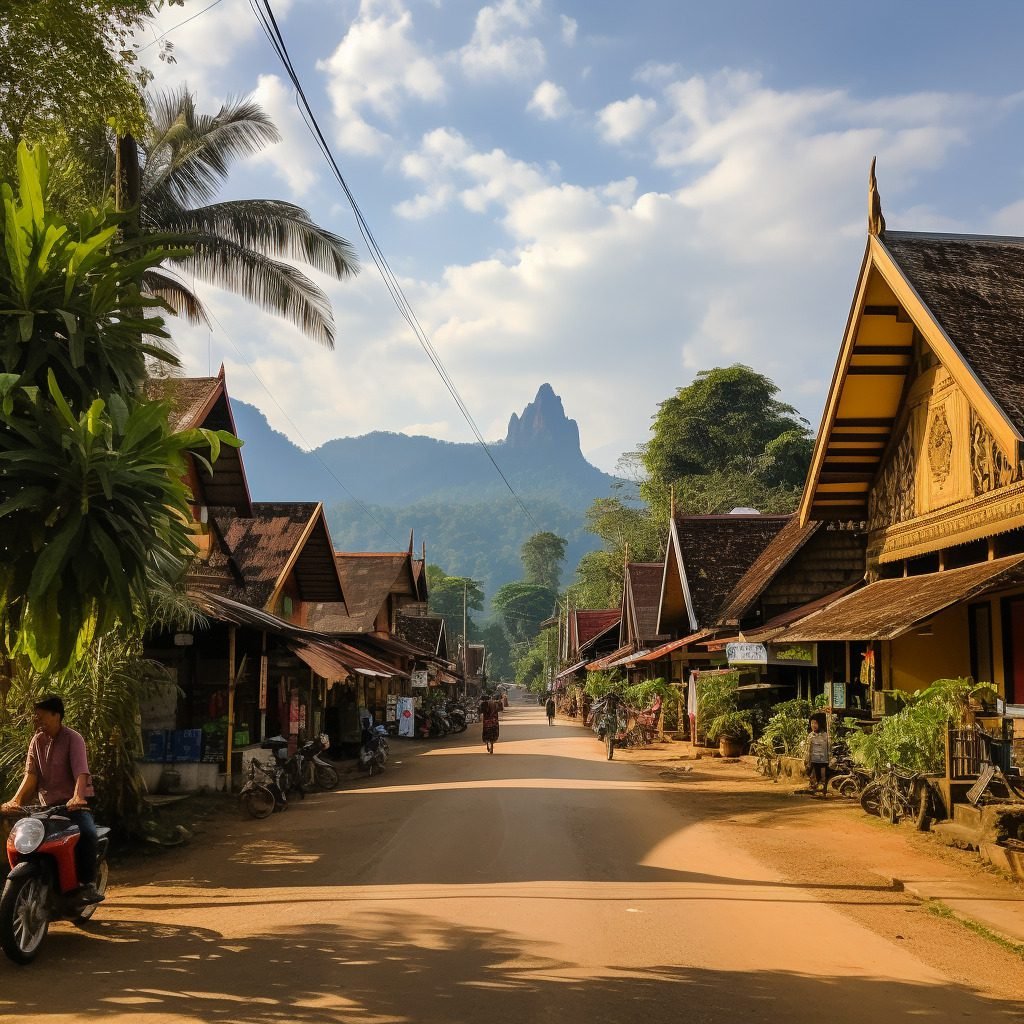How to Behave in Laos: A Guide to the Cultural Norms
Introduction
When traveling to a new country, it is essential to be aware of and respect the local rules and cultural norms. Not only does this ensure a smoother and more enjoyable experience, but it also fosters cultural understanding and appreciation. In this guide, we will explore the key elements of rules and cultural norms in Laos, a beautiful country in Southeast Asia known for its stunning landscapes, rich heritage, and warm hospitality.
Key Elements
Element 1: Respect for Monks and Buddhism
Laos is a predominantly Buddhist country, and Buddhism plays a significant role in the daily lives of its people. As a visitor, it is important to show respect for the local customs and beliefs. When visiting temples, remember to dress modestly, cover your shoulders and knees, and remove your shoes before entering. Avoid touching or pointing your feet towards Buddha statues or monks, as this is considered disrespectful. Additionally, showing sensitivity towards monks by giving them personal space and refraining from photographing them without permission is greatly appreciated.
Element 2: Greetings and Politeness
Laotian people value politeness and respect in their daily interactions. When greeting someone, it is customary to place your palms together in a prayer-like gesture called the “nop.” This is accompanied by a slight bow of the head. The traditional greeting, “sabaidee,” is widely used and can be used to greet both locals and fellow travelers. Remember to address people using their appropriate titles, such as “Mr.” or “Mrs./Ms.,” followed by their last name.
Element 3: Customs and Traditions
Laos has a rich cultural heritage, and its customs and traditions contribute to its unique charm. One such tradition is the almsgiving ceremony, where locals offer food to monks early in the morning. If you choose to observe or participate in this ceremony, it is important to do so respectfully. Keep a distance, remain silent, and follow the lead of the locals. When visiting someone’s home, it is customary to bring a small gift, such as fruit or flowers, as a gesture of appreciation.
Element 4: Littering and Environmental Consciousness
Laos is known for its picturesque landscapes, lush forests, and pristine rivers. To preserve the country’s natural beauty, it is crucial to be mindful of your impact on the environment. Avoid littering and always dispose of waste properly in designated trash bins. Refrain from buying products made from endangered plants or animals, as this contributes to the illegal wildlife trade. When exploring nature, stick to designated paths and avoid removing or damaging any plants or wildlife.
Element 5: Alcohol and Drug Use
While Laos has a relaxed attitude towards alcohol consumption, it is important to drink responsibly and be aware of your limits. Excessive drinking and public intoxication are viewed negatively and are not in line with the local cultural norms. It is also essential to note that drug use, including the possession and trafficking of illegal substances, is strictly prohibited and can result in severe penalties.
Tips for Traveling
- Research and Plan Ahead: Before traveling to Laos, familiarize yourself with the local laws, customs, and visa requirements. It is also recommended to learn a few basic phrases in the Lao language, as this shows respect and helps foster meaningful interactions.
Dress Modestly: As mentioned earlier, it is important to dress modestly when visiting temples or other religious sites. Lightweight, breathable clothing that covers your shoulders and knees is recommended, especially in rural areas where conservative values are prevalent.
Stay Hydrated and Mindful of Food Safety: Hydration is essential in Laos, particularly during the hot and humid months. Carry a reusable water bottle and ensure that any water you consume is from a safe source. Be cautious when eating street food and opt for busy stalls with fresh ingredients to reduce the risk of foodborne illnesses.
Respect Local Customs: Take the time to observe and respect the local customs and traditions. This includes refraining from public displays of affection, especially in rural areas, and seeking permission before taking photographs of individuals or religious ceremonies.
Transportation and Safety: When traveling within Laos, use licensed transportation services and follow safety guidelines. Avoid driving without a valid license, and always wear seatbelts when available. Be cautious when crossing roads, as traffic can be unpredictable, especially in urban areas.
Disclaimer: While this guide aims to provide valuable insights based on the available information, it is crucial to seek professional advice and consult official sources, such as embassy websites or travel advisories, before traveling to Laos. Laws and regulations can change, and it is important to stay informed to ensure a safe and enjoyable journey.
By being mindful of the rules and cultural norms in Laos, you can make the most of your trip and leave a positive impression on the local community. Embracing and respecting the customs of the country enriches your travel experience and fosters a deeper cultural connection. So pack your bags, prepare to embark on an exciting journey, and immerse yourself in the vibrant tapestry of Laos.



